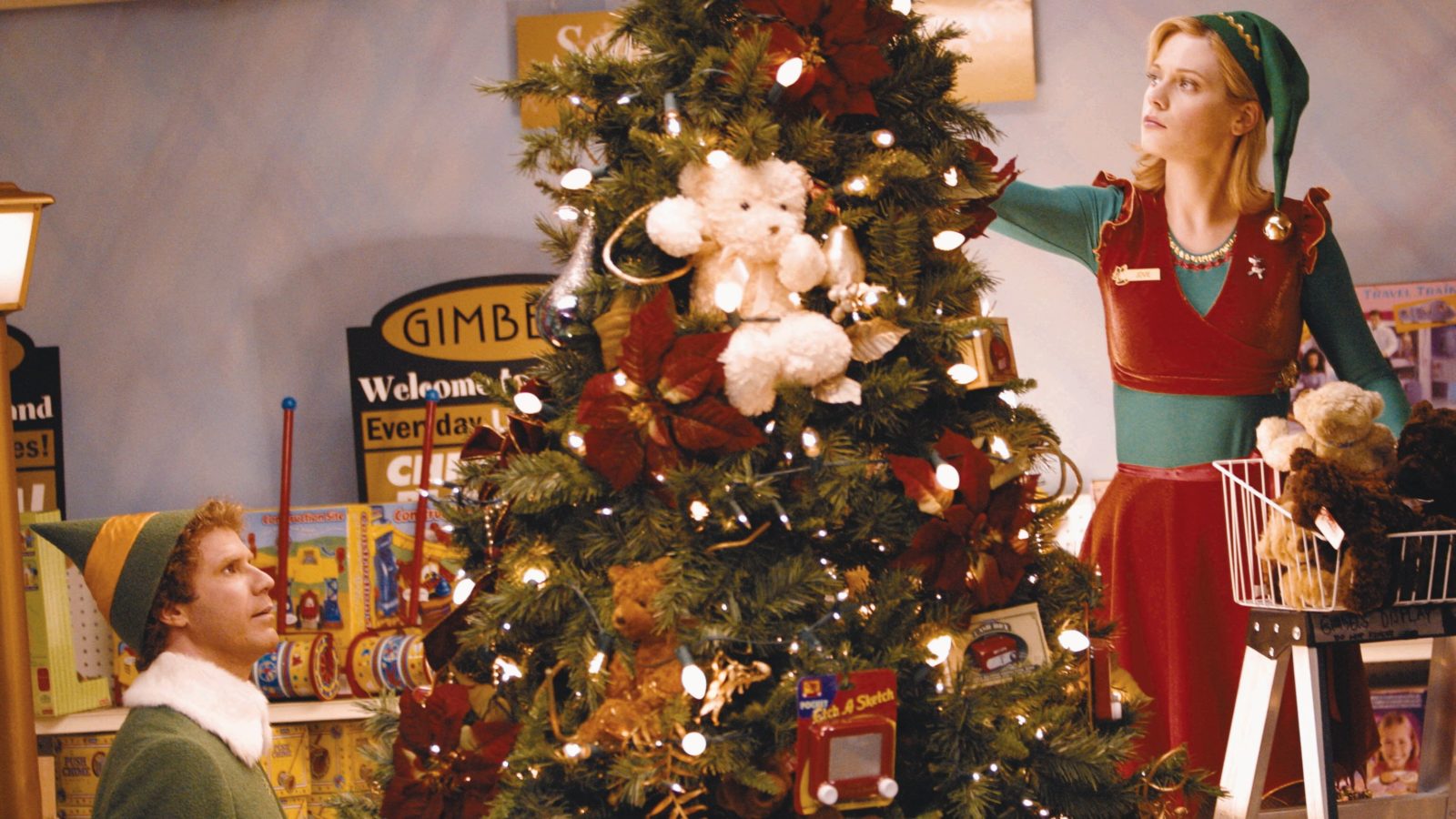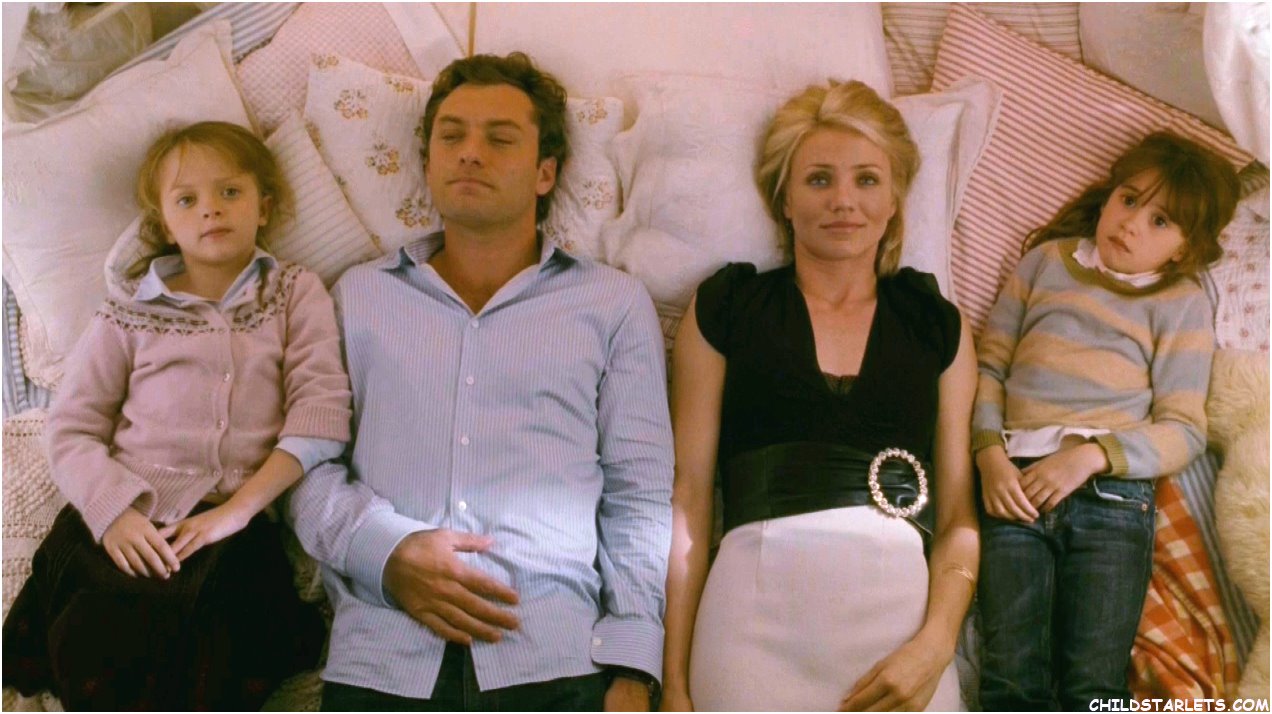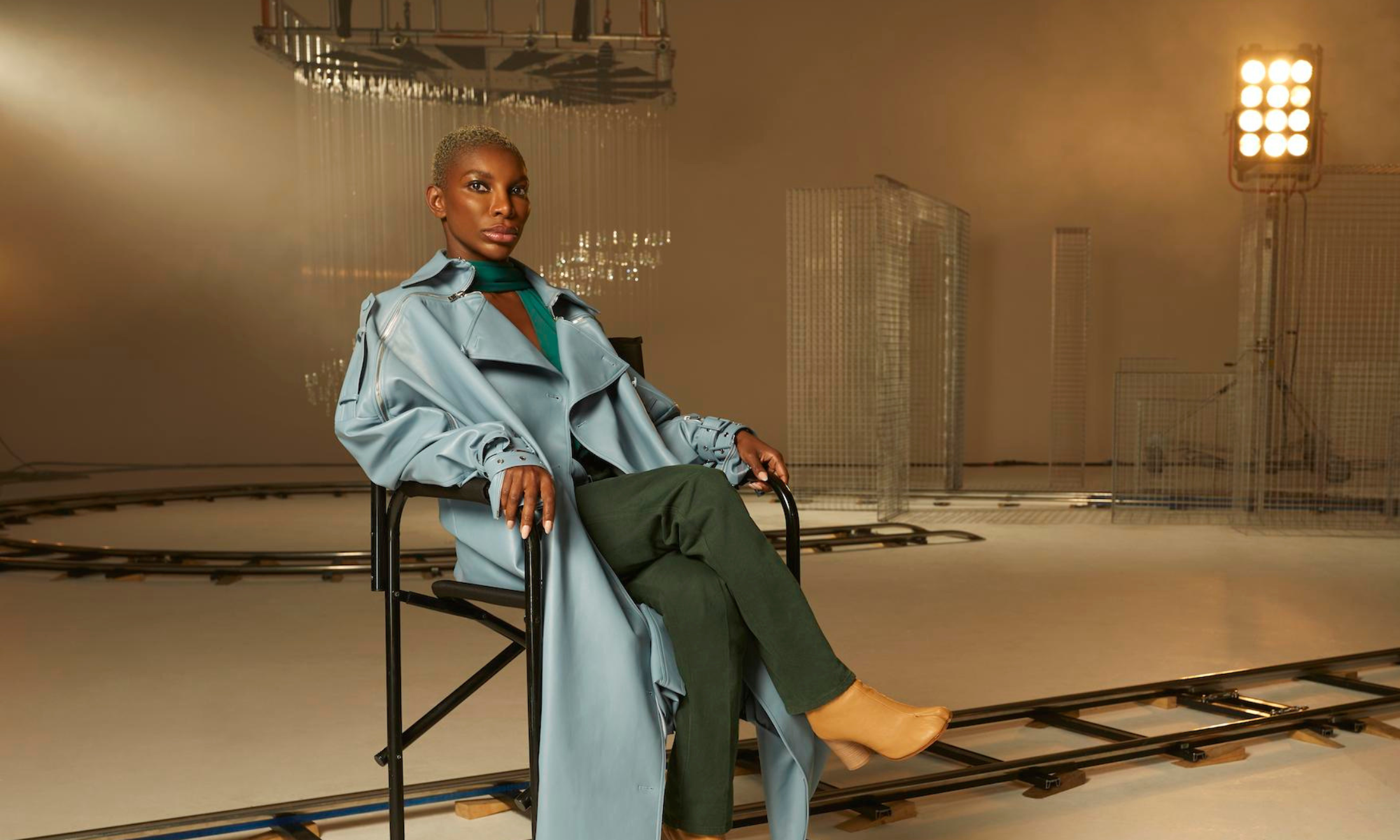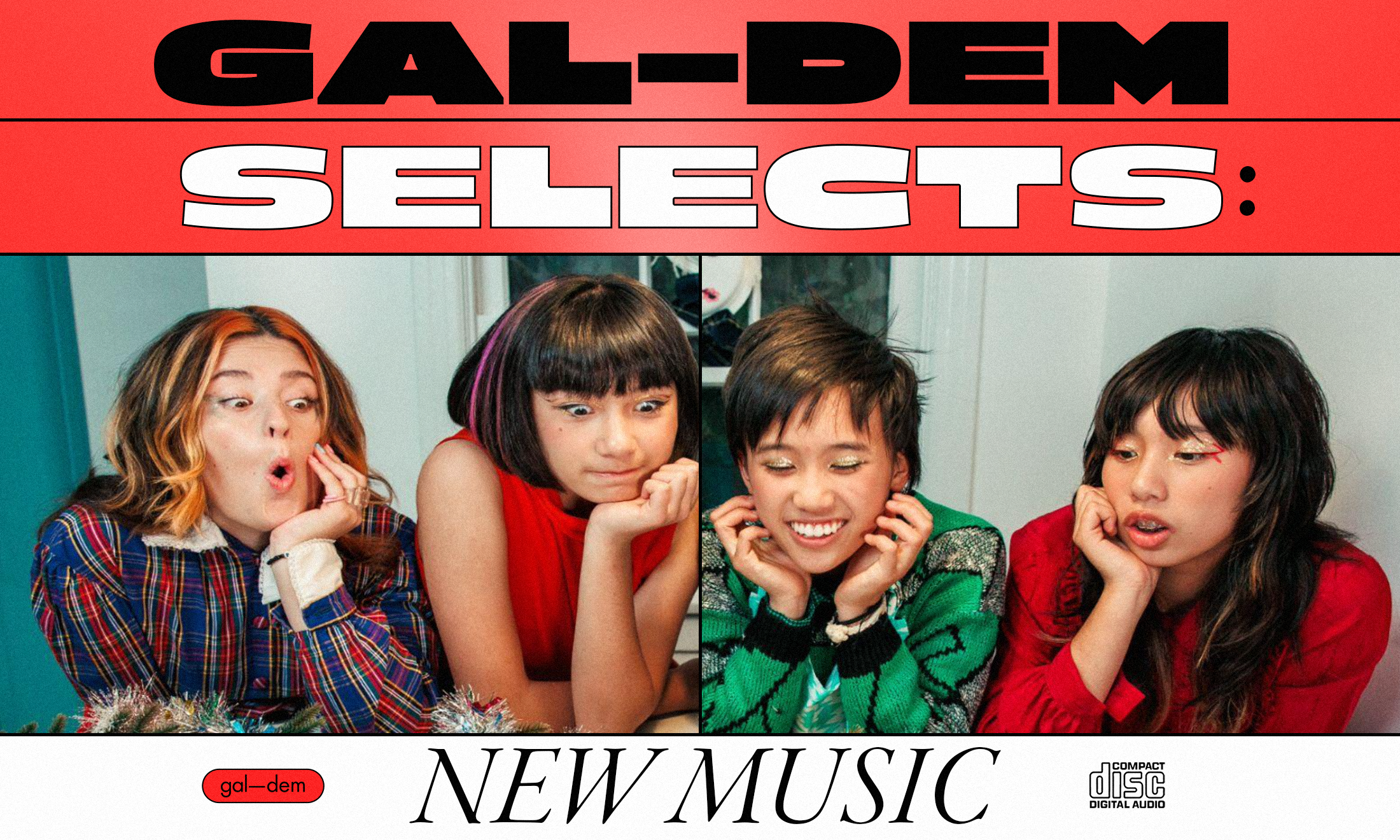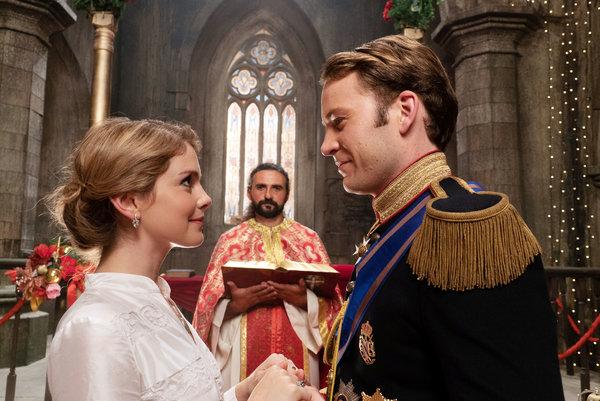
Image: Netflix
Picture a workaholic woman, aged between 25 and 32, who manages to maintain perfect hair despite never leaving the office.
She lives in New York or London. She’s a lawyer, or a bright PR assistant. Or she works in publishing. Professionally she’s on her way but her personal life is chaotic. Perhaps she’s uptight, or socially awkward. Perhaps she’s married to her work. If there’s a selfish boyfriend who dumps her, even better. City woman then meets a laid back, charming man. They hate each other at first, but gradually she softens. Or rather he softens her. Most importantly, Christmas is fast approaching. They have approximately three weeks to become friends and fall in love. Not lust, crucially – there will be no sex in this story. But with some luck the ending will include an engagement ring. Maybe a surprise wedding. Certainly a romantic declaration. Reader, you know the sort of film that I’m describing here. And you know that the leads are white.
If you’ve spent a Christmas season in the West, you’ve seen the trailers for these films. Or you’ve hastily flicked past them, when they’re on ITV at 4.00pm on a Sunday. Or so you claim. After all, it’s fashionable to have taste when it comes to entertainment; perhaps you watch arthouse films or only those of specific directors. But if you’ve never sat through a mediocre (at best) Xmas flick, then in my opinion, you haven’t lived. If I’ve had a bad day, regardless of the season, I turn to a Christmas film. It’s the cinematic equivalent of junk food. I couldn’t recommend it more.
“Reader, you know the sort of film that I’m describing here. And you know that the leads are white”
But the problem remains. The leads and worlds of these movies are middle class and white. Wholly white. With Hallmark especially this seems to be a problem. Stories set in the extravagant offices of Manhattan lack even a glimpse of an African American or Hispanic extra. The problem extends beyond the brand and throughout the genre. And I have never seen such a film include interracial love.
Hallmark has acknowledged that they have an issue with diversity. “We haven’t done nearly a good enough job,” Bill Abbott, the CEO of Crown Media Family Networks, which operates Hallmark and its sister channels, told Salon last year. And a growing number of voices spotlighting the problem can be found in both Hollywood and the British film industry. But it’s curious that the limited representative progress in cinema and television hasn’t reached the Christmas season. We lack a film akin to Love Actually or The Holiday with a BME lead.
And perhaps we don’t need one. When ethnic minorities are making their own excellent films and television shows, what is the need for representation in mediocre art? Who desires the embarrassing credit over making Moonlight?
In an ideal world, few. But the mediocre remains popular. People might not admit it, but humankind likes a snowy rom-com. Hallmark is releasing 33 Christmas movies this year alone, according to Business Insider. Ratings are strong and ad revenue is up. Part of the reason must be because of the vision they’re selling.
Christmas films provide a fairytale. They persuade viewers of the possibility of a lasting romantic love. They suggest that families can get on and that peace and goodwill can, in the end, prevail. When these fairytales are exclusively white and middle class, the message implicitly excludes those who aren’t represented. If your skin is brown or black, the happy ending is not for you.
“If your skin is brown or black, the happy ending is not for you”
Perhaps interracial relationships are a shade too complex for an easy perfection. Perhaps working in a minimum wage job and struggling to pay rent ruins the fairytale. And no doubt if such aspects were squeezed in, there’d be a risk of sugarcoating their seriousness. Still, broke people fall in love too. We could all learn something from a different sort of story.
From an industry standpoint, focusing on the single story also risks failing to encourage young BME actors. I can’t count the number of sappy films I’ve watched before recognising at the start an actor who went on to be a star. Outlander’s Sam Heugan and Supergirl’s Katie McGrath starred in a 2011 Hallmark movie thrillingly titled A Princess For Christmas. At the time neither was a mainstream international name. Both manage to elevate a truly terrible film. And Lifetime’s 1997 offering On the Second Day of Christmas features none other than a young Mark Ruffalo. Award worthy these films are not, but if you’re a jobbing BME actor, I imagine a Christmas paycheck could be the difference between staying in the industry for another year and dropping out completely.
Of course, it’s also possible to make a good romantic comedy. Notting Hill has an 83 percent score on Rotten Tomatoes. For When Harry Met Sally, the score is 89 percent. But so scarce are actors of colour in romantic movies, I’m willing to accept the mediocre. My standards are not high. So, as the weather turns colder and the trailers roll out, a plea to the makers of fluff: Hire a POC romantic lead. Learn that love can be aspirational even in the most ordinary of circumstances. I’ll be first in line when you do.

